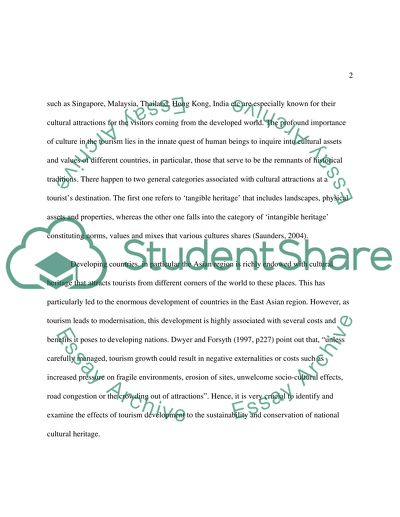Cite this document
(The Specific Benefits and Cost of Tourism in Singapore Term Paper, n.d.)
The Specific Benefits and Cost of Tourism in Singapore Term Paper. Retrieved from https://studentshare.org/tourism/1538487-for-developing-nations-tourism-has-been-seen-as-the-road-to-development-choose-one-area-and-identify-the-specific-benefits-and-cost-of-tourism-to-the-area-th
The Specific Benefits and Cost of Tourism in Singapore Term Paper. Retrieved from https://studentshare.org/tourism/1538487-for-developing-nations-tourism-has-been-seen-as-the-road-to-development-choose-one-area-and-identify-the-specific-benefits-and-cost-of-tourism-to-the-area-th
(The Specific Benefits and Cost of Tourism in Singapore Term Paper)
The Specific Benefits and Cost of Tourism in Singapore Term Paper. https://studentshare.org/tourism/1538487-for-developing-nations-tourism-has-been-seen-as-the-road-to-development-choose-one-area-and-identify-the-specific-benefits-and-cost-of-tourism-to-the-area-th.
The Specific Benefits and Cost of Tourism in Singapore Term Paper. https://studentshare.org/tourism/1538487-for-developing-nations-tourism-has-been-seen-as-the-road-to-development-choose-one-area-and-identify-the-specific-benefits-and-cost-of-tourism-to-the-area-th.
“The Specific Benefits and Cost of Tourism in Singapore Term Paper”, n.d. https://studentshare.org/tourism/1538487-for-developing-nations-tourism-has-been-seen-as-the-road-to-development-choose-one-area-and-identify-the-specific-benefits-and-cost-of-tourism-to-the-area-th.


